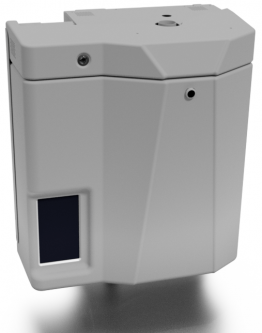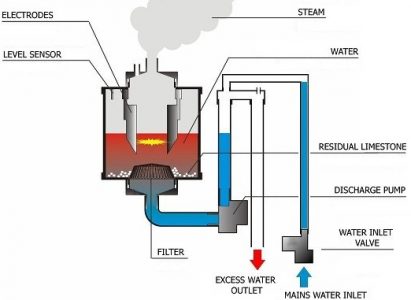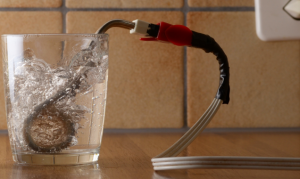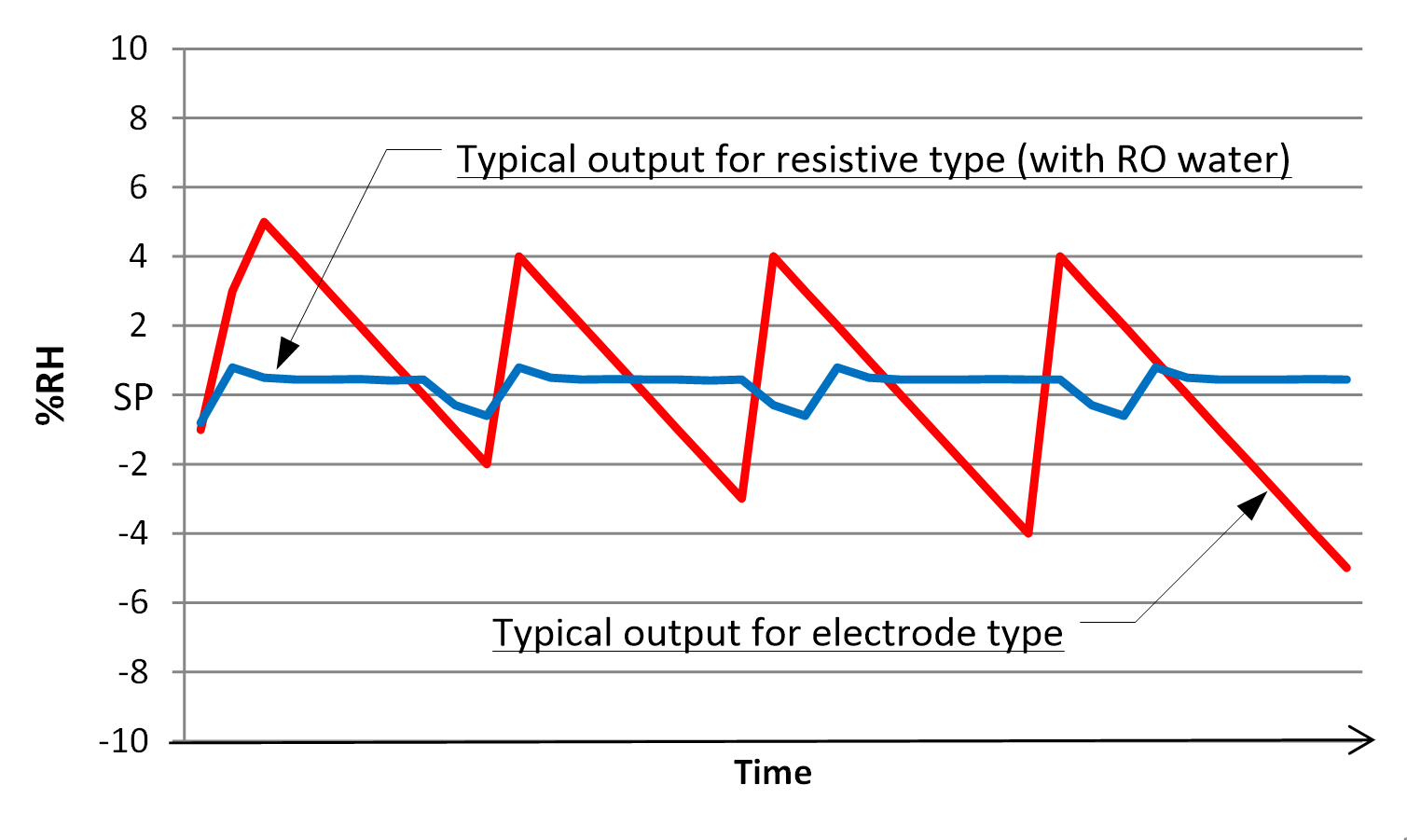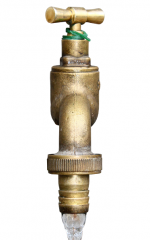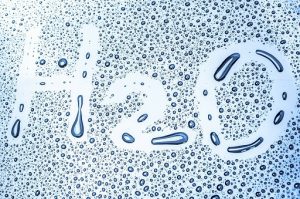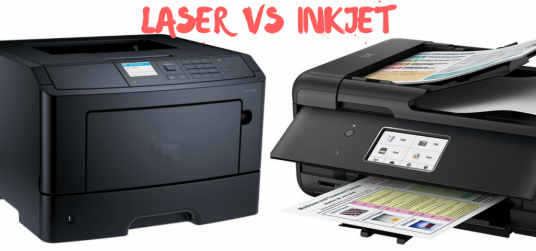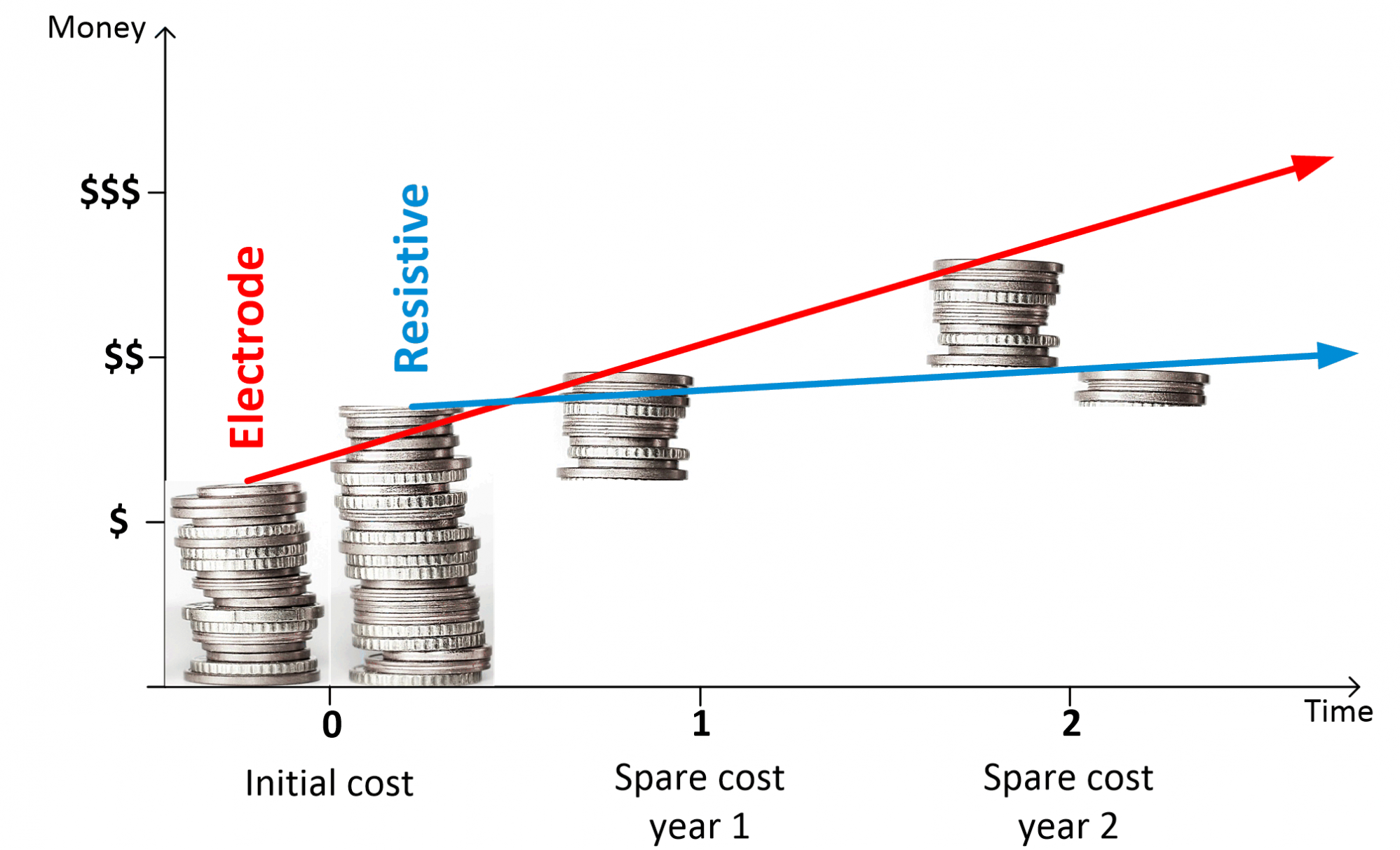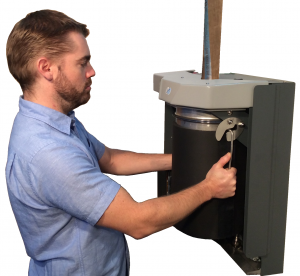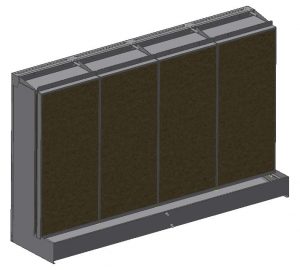humidity to fight flu & influenza viruses
Abstract from ”Influenza and humidity: Why a bit more damp may be good for you!”
by Jane A. Metz, Adam Finn, (Journal of Infection (2015) 71, S54-S58)
Influenza
Influenza viruses are among the most common causes of human respiratory infections and cause high morbidity and mortality. In a typical endemic season, influenza results in approximately 200,000 hospitalizations and 36,000 deaths in the United States alone.
Relative and absolute humidity

When we consider humidity we generally think in terms of relative humidity (RH); this is the amount of water vapour present in air, expressed as a percentage of the amount needed for saturation at the same temperature. RH affects how hot we feel at a given temperature by altering the effectiveness of sweating as a cooling mechanism. In high RH, sweat does not easily evaporate because the air is already nearly completely saturated with water. Heat is
therefore not lost, leading to continued but ineffective sweating. At cloud level, RH also determines whether it will rain.
Supporting epidemiological data: changes in outside air absolute humidity predict the onset of seasonal influenza epidemics
Shaman et al. studied the correlation between the onset of influenza epidemics and outside air absolute humidity in the United States. First, they correlated the spatial and temporal variation of epidemic influenza onset from 1972 to 2002 (this equates to 1000 different ’flu epidemics in 48 contiguous states) with the concurrently recorded absolute humidity data for these regions.
They demonstrated that negative (i.e. low) anomalous absolute humidity values were typically observed 4 weeks prior to the onset of an influenza epidemic. They found a small (55-60%), but highly statistically significant (p < 0.0005) association between atypically low local daily absolute humidity and the onset of wintertime influenza.
They demonstrated that the model could accurately predict spatial and temporal variations in epidemic influenza. These data were cross-validated by performing 31 year (1972-2002) simulations for each of the 48 states.
Feasible ways of altering indoor humidity
There are data to suggest that outdoor absolute humidity levels affect humidity levels inside and that simple humidifiers may be adequate to raise absolute humidity to levels associated with a significant reduction in influenza virus survival.
Further research into the effects of increasing absolute humidity on influenza virus transmission in humans appears to be warranted. The prospect of reducing influenza associated morbidity and mortality by increasing the absolute humidity in nurseries, classrooms, hospitals, homes for the elderly and general public spaces is an exciting and novel potential strategy for disarming ’flu.


